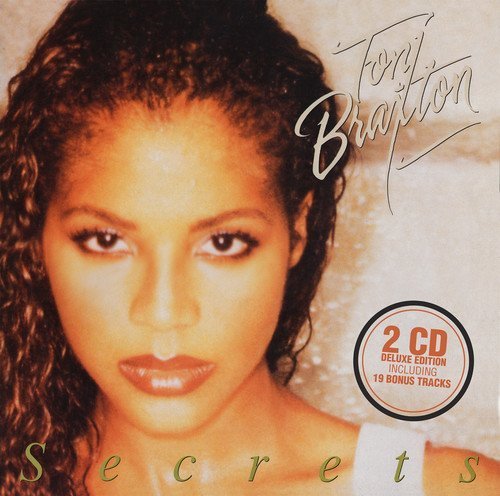Courtesy of Chiltern Equine Clinic, the generous major sponsor of the National Sports Science Seminar (8 Jun 2015), eight speakers covered much of the current thinking in sports science with particular reference to dressage training for horses and riders, to an audience of 160 in Aylesbury’s Waterside Theatre.
Jennie Loriston-Clarke OBE, made the introductions. She made the point that dressage has changed enormously in the over 50 years she has known it. The modern support programmes for dressage horses and riders are fantastic but the basic premise of riding the horse forward into an accepting contact, allied with a good seat and position, has not changed.
Hilary Vernon is an acknowledged authority on bits and bitting, having been involved in the retail side of the industry for many years as well as setting up one of the first bit banks in the UK, so has long experience and expertise in this field. She contends that bitting is actually the last thing about which to think. Riders and trainers need to take responsibility for the correct training of horse and rider, making informed decisions about regular dentistry, feeding, fitness, and soundness before deciding on an appropriate bit for each horse.
Russell Guire, founder of Centaur Biomechanics, started performance and gait analysis in 2006, researching the effects that saddlery, bridles, rein tension, surfaces and travelling have on horses’ performances across all disciplines. This research, allied with similar projects focusing on riders, has changed the way in which biomechanics are thought about, and used, within the equestrian industry.
Horses and humans are naturally asymmetric and finding ways to improve the interaction between the species, specifically with regard to equality of balance and symmetric muscle development, is the core focus of his work. The emphasis is on improving welfare and soundness, alongside increased performance, via evidence-based science.
Mark Fisher, Master Saddler, works in conjunction with Russell, looking at the fit of saddles, and girths, in relation to mechanical locomotion and the restriction or freedom of the horse’s movement, all of which are crucial to correct saddle fitting. Mark presented a potted history of the Society of Master Saddlers and the essential differences between saddlers and saddle fitters.
Basically, saddle fitting is all about balance and comfort, allied to freedom of movement. If the saddle is too low or too high, at the front and/or the rear, too narrow or too wide, the balance of the saddle, the horse and rider will all be compromised.
Dr Ruth Sanders, from Chiltern Equine, spoke about poor performance as a result of neck, back and pelvic pain, from a veterinary viewpoint. In general equine practice, only about 1% of referrals are concerned with these areas; in performance horses, the percentage rises to around 30%. There is a huge range of presenting symptoms from ‘he doesn’t feel quite right’, through to obvious stiffness, with a corresponding reduction in suppleness and willingness to work, to outright lameness.
The various imaging diagnostics include radiotherapy, ultrasound, scintigraphy and MRI scanning. However, voluntary and induced palpation, active and passive flexion mobilisation, lungeing and riding on soft and hard surfaces, all play their part in initial diagnosis, as does gait asymmetry, which is calculated from forward, sideways and backward movements.
Dr Sarah Randall, the founding partner of Chiltern Equine, spoke about the role of the sport horse vet. A recurring theme in the Conference was the total necessity of having a comprehensive support team behind equine partnerships. She emphasised that the most successful vet/rider/trainer combinations know each other well and have in-depth knowledge of the equine partner in particular. Sport horse vets need National Federation and FEI accreditation and must be totally au fait with all current rules and regulations, including anti-doping legislation.
Christine Hopley is a Chartered Human and Equine Physiotherapist with years of experience with both parties of an equestrian partnership. Assessment, treatment and rehabilitation are the cornerstones of equine physiotherapy and recognising how horses adapt to pain is an important area of her work.
Acute trauma is usually relatively easy to diagnose and treat; chronic pain often comes from the former not being quite resolved before recommencing work. If the pain has not gone completely, compensation occurs and incorrect movement strategies are often set up by the horse; pain inhibits muscle strength and power.
Andrew Thomas is also a human physiotherapist of many years’ experience at elite athlete level, across many sports, with particular clinical interests in spinal and pelvic pain in relation to sports injuries, their prevention and management.
As Team GB physiotherapist, he has been involved in three Olympics, three World and three European Championships and works closely with Charlotte Dujardin. Identifying and addressing asymmetry in riders and the effect on their own balance and that of their horses is a major part of his remit.
Observation of how both athletes move their bodies combines with how and what the human athlete can do with and for the horse, in terms of addressing imbalances and weaknesses. Everyone has some degree of inherent asymmetry and, in order to be strong and mobile, this needs to be addressed via exercises so that the rider achieves the greatest bio-mechanical advantage of movement without interfering adversely with the desired mechanics of the horse.
Chiltern Equine Clinic offers a 10% discount to new clients for lameness workups at Blueberry Farm Hospital, Berkshire – quote ref KM01 when booking. www.chilternequine.com
A full report of the seminar will be printed in issue 6 of the British Dressage magazine.
Article written by Andrea Hessay.
















